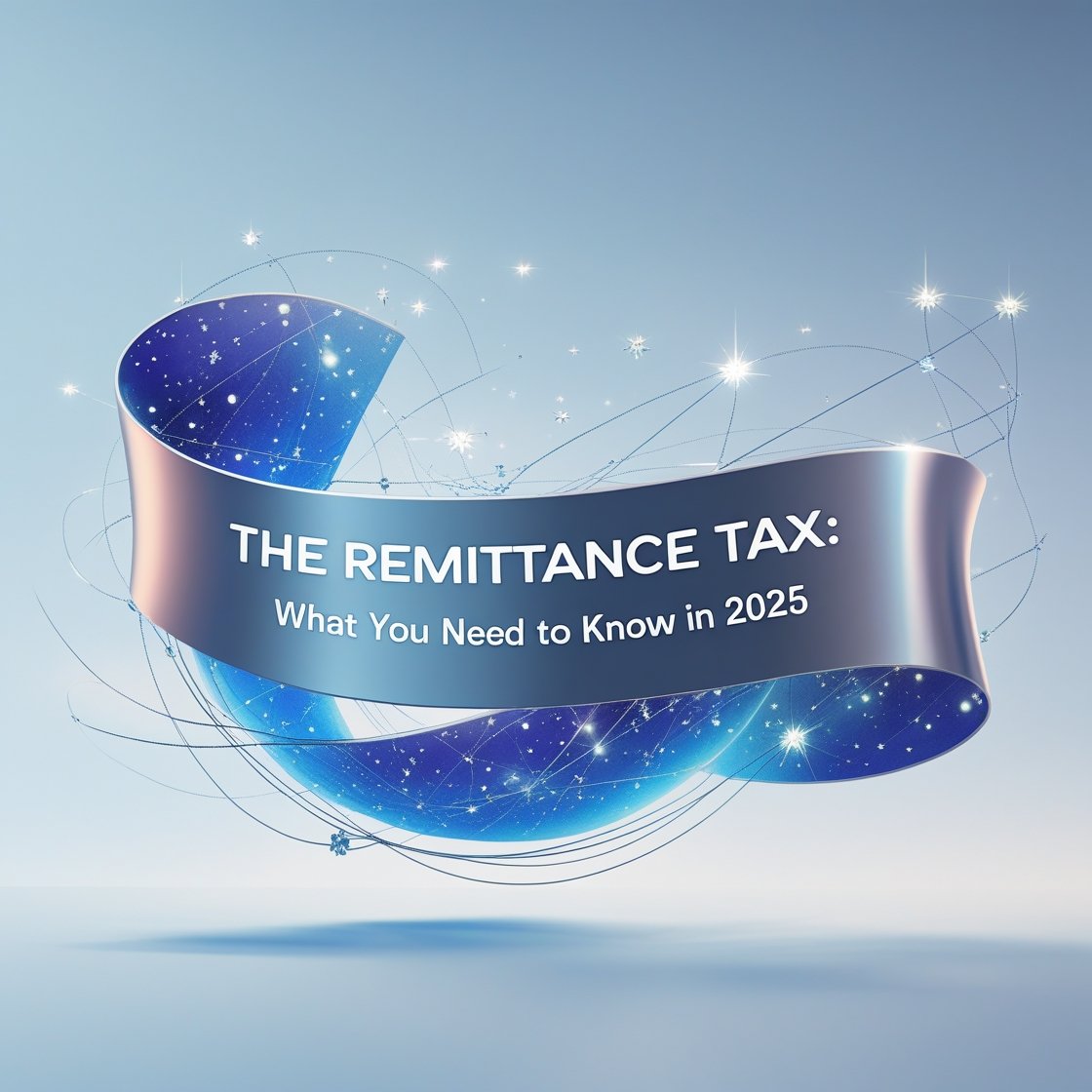Tax reform is a crucial component of economic policy, often aimed at improving efficiency, stimulating economic growth, and ensuring fairness in the tax system. However, one of the biggest challenges policymakers face is determining how to offset the revenue losses that may result from tax cuts or other reforms. The key to successful tax reform lies in selecting the right budgetary offsets—measures that balance lost revenue without harming economic growth or placing undue burdens on taxpayers.
The Importance of Budgetary Offsets
Budgetary offsets are necessary to maintain fiscal responsibility and prevent excessive government deficits. Without proper offsets, tax reforms could lead to unsustainable debt levels, negatively impacting long-term economic stability. The right budgetary offsets should ensure that tax reforms are revenue-neutral or at least minimize revenue losses while fostering economic growth and maintaining fairness.
Types of Budgetary Offsets
- Eliminating Tax Loopholes and Deductions
Many tax systems contain numerous loopholes and deductions that benefit certain industries or high-income taxpayers disproportionately. Closing these loopholes can generate significant revenue, making it a viable offset for tax cuts elsewhere. - Broadening the Tax Base
Instead of increasing tax rates, policymakers can expand the tax base by reducing exemptions and exclusions. This approach ensures a fairer system where more taxpayers contribute without drastically increasing individual tax burdens. - Enhancing Compliance and Reducing Tax Evasion
Strengthening enforcement mechanisms and modernizing tax collection systems can improve compliance rates, reducing the tax gap (the difference between taxes owed and taxes actually paid). A more efficient tax collection system can act as an indirect budgetary offset by increasing overall revenue. - Adjusting Spending Priorities
Governments can also reallocate funds from less efficient programs to more impactful areas. Cutting wasteful spending or reforming entitlement programs can free up revenue to offset tax cuts without imposing new taxes. - Implementing Consumption-Based Taxes
Some governments introduce or adjust consumption-based taxes, such as value-added tax (VAT) or excise taxes, to compensate for revenue losses from income tax reductions. These taxes, if well-structured, can be an effective offset while promoting economic efficiency.
Striking the Right Balance
Choosing the right mix of budgetary offsets is crucial for the success of tax reforms. A poorly designed offset strategy—such as excessive cuts to essential services or regressive tax shifts—can undermine the reform’s objectives and hurt vulnerable populations. Policymakers must carefully evaluate the economic and social impacts of each offset method to ensure fairness and sustainability.
Contact us: +1 (972)-996-6644
Email us : info@theriwa.com Visit our website : https://theriwa.com/






